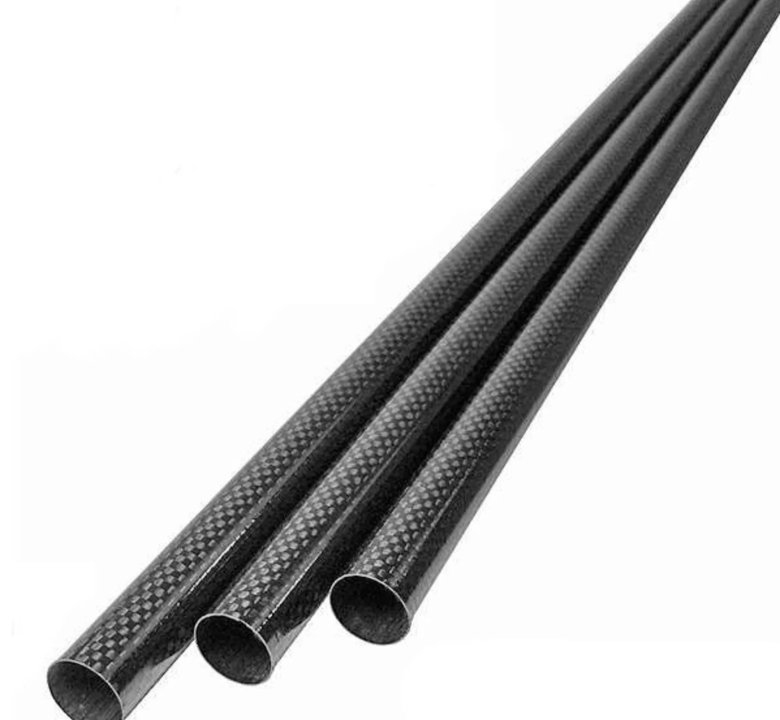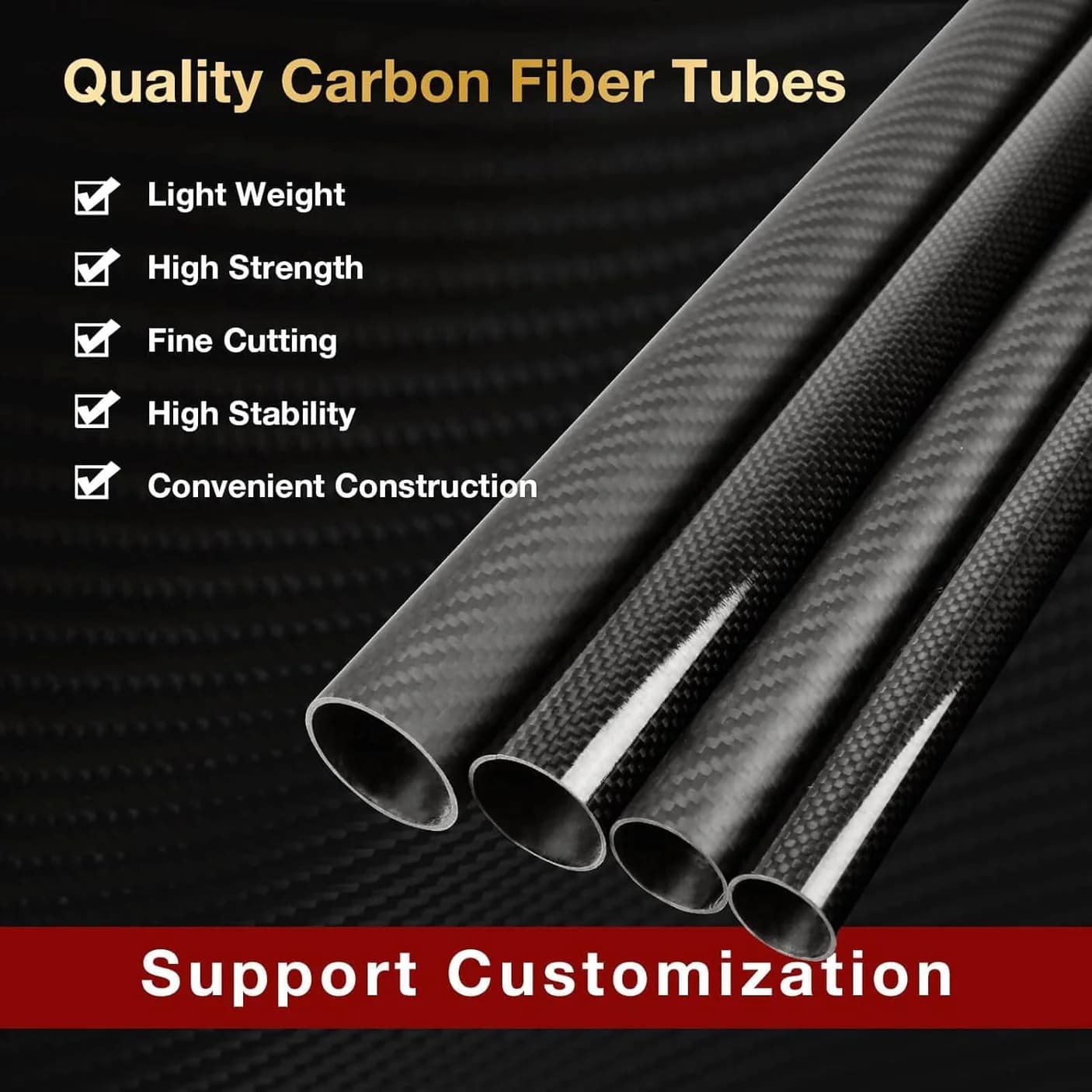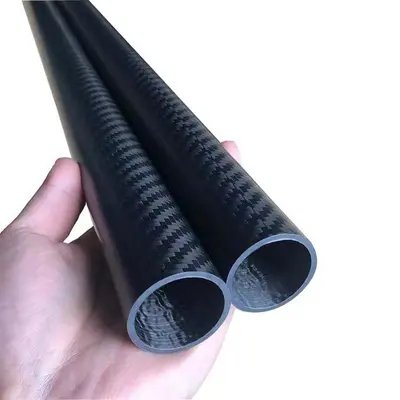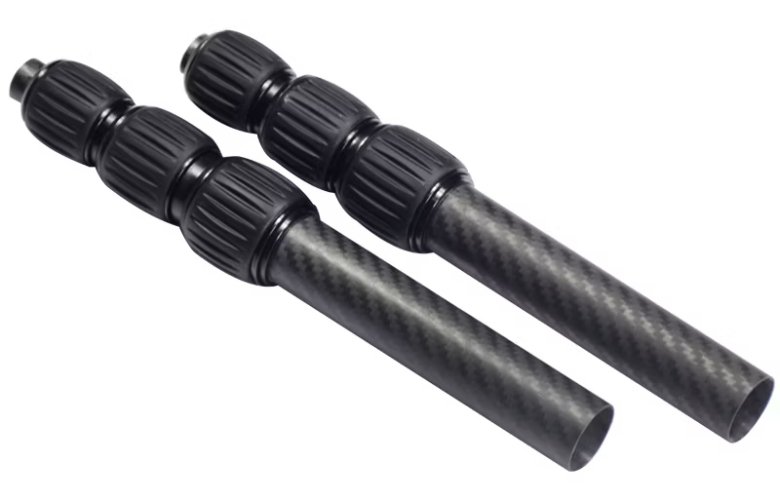So you’re hunting for carbon fiber tubes but feel swamped by options? Let’s simplify things. Carbon fiber composites blend lightweight strength with durability, making them ideal for projects demanding performance without bulk. Among these, 3K carbon fiber tubes stand out. Here’s why.
What Makes 3K Carbon Fiber Tubes Special?
“3K” refers to fabric weave density—3,000 filaments per strand. This tight pattern creates a balance between flexibility and rigidity. Unlike thicker weaves, 3K offers smoother surfaces and better resistance to cracks. Whether building a carbon fiber tube frame or upgrading a carbon fiber air intake tube, this weave handles stress without adding unnecessary heft.
How Are 3K Carbon Fiber TubesMade?
Manufacturers layer 3K fabric around molds, saturate it with resin, then bake it under high pressure. This process bonds fibers into a solid structure. Variations like tapered carbon fiber tubes or oval carbon fiber tubes require custom molds. Precision matters here; even slight errors weaken the final product.
Why Choose 3K Carbon Fiber Tubes?
Lightweight Power: Swap steel or aluminum with a 4-inch carbon fiber tube and shed weight while keeping strength.
Corrosion Resistance: Moisture and chemicals won’t gnaw at these tubes—perfect for harsh environments.
Custom Shapes: Need square tubes or connectors? Suppliers often tweak designs for niche uses.
3K carbon fiber tubes possess several unique properties that make them highly desirable in various applications:
- High Strength-to-Weight Ratio: The 3K carbon fiber’s arrangement of 3,000 filaments in each tow provides exceptional strength while maintaining a lightweight profile. This property is crucial in industries where weight reduction is essential, such as the aerospace and automotive sectors.
- Excellent Stiffness: The aligned fibers provide high stiffness, ensuring minimal deflection under load. This property makes them ideal for applications that require rigidity and stability, such as robotics and industrial equipment.
- Corrosion and Fatigue Resistance: Carbon fiber composites, including 3K carbon fiber tubes, exhibit excellent resistance to corrosion and fatigue, making them suitable for outdoor and demanding environments.
Where Do They Shine?
From drones needing featherlight frames to race cars relying on carbon fiber air intake systems, 3K tubes fit everywhere. Hobbyists crafting RC boats might pick oval shapes for aerodynamics. Pros cutting carbon fiber tubes for bike frames prioritize clean edges to prevent splintering. Even DIYers use carbon fiber square tubes for shelving that won’t sag.
Picking the Right Tube
Size Matters: A 1 carbon fiber tube suits small gadgets, while thicker diameters handle heavy loads.
Shape for Function: Tapered ends reduce drag; square profiles add stability.
Connectors & Kits: Match tubes with carbon fiber tube connectors for modular builds.

Common Pitfalls
Avoid blades that fray edges when cutting carbon fiber tubes—use diamond-coated tools instead. Cheap resins crack under heat; verify thermal ratings. Also, inspect weave consistency. Gaps or uneven patterns signal low quality.
The manufacturing process involves several steps:
- Material Selection: High-quality yarns are carefully selected, considering their tensile strength, modulus, and other required properties.
- Prepreg Production: To create prepreg sheets, the selected yarns are impregnated with a thermoset resin, usually epoxy. These prepreg sheets offer precise control over fiber alignment and resin distribution.
- Layup and Curing: The prepreg sheets are cut into specific dimensions and stacked layer by layer in a mold, aligning the fibers according to the desired pattern. The assembly is then cured under heat and pressure, transforming the prepreg into a solid structure.
- Post-processing: Once cured, the tubes undergo various post-processing steps, such as sanding, trimming, and surface treatment, to achieve the desired final dimensions, smoothness, and appearance.
Applications of 3K Carbon Fiber Tubes
Their versatility enables their use in various industries:
Aerospace: Are employed in aircraft structures, including wing spars, fuselage frames, and control surfaces. Their lightweight nature contributes to fuel efficiency and improved performance.
Automotive: These tubes find applications in high-performance automotive components like suspension systems, driveshafts, and roll cages. The strength and rigidity enhance the overall structural integrity and reduce vehicle weight.
Sports and Recreation: Their lightweight and strong nature make them popular in sporting equipment, such as bicycle frames, fishing rods, and archery bows. They also offer enhanced performance and increased manoeuvrability.
Industrial Applications: the utilization is also done in robotics, automation, and machinery, where their strength, stiffness, and corrosion resistance contribute to overall efficiency and durability.
Medical and Rehabilitation Devices: The tubes are employed in the manufacturing of prosthetics, orthopedic supports, and rehabilitation equipment. The lightweight and customizable nature of carbon fiber tubes facilitates better patient mobility and comfort.

Final Tips
Test samples before committing. Reputable sellers offer small sections to check fit and finish. Whether crafting a drone arm or reinforcing a prototype, 3K carbon fiber tubes deliver agility and grit. Just remember: prioritize your project’s needs over flashy specs.
Now go build something unbreakable.
References:
1. How To Cut Carbon Fiber Tubes: Key to Tolerance and Customer Relationships
2.How We Helped Our Client Solve Product Issues with Our Carbon Fiber Tubes?
3.Can Carbon Fiber Tubes Be Mass-Produced? Here’s What You Need to Know
4.How to Improve the Surface Quality of Large Diameter Carbon Fiber Tubes
5.How to Choose the Best Carbon Fiber Round Tube for Your Project




